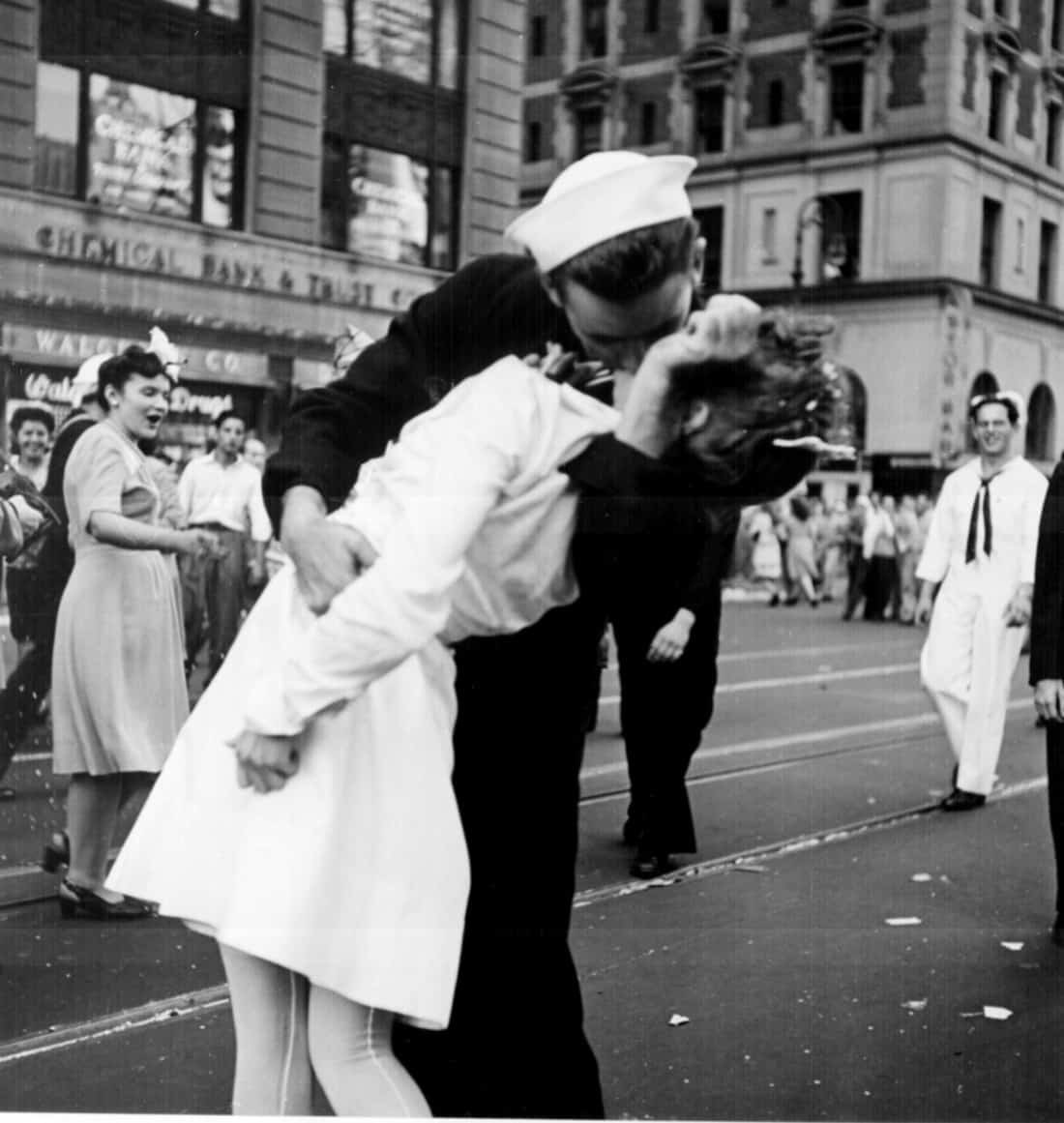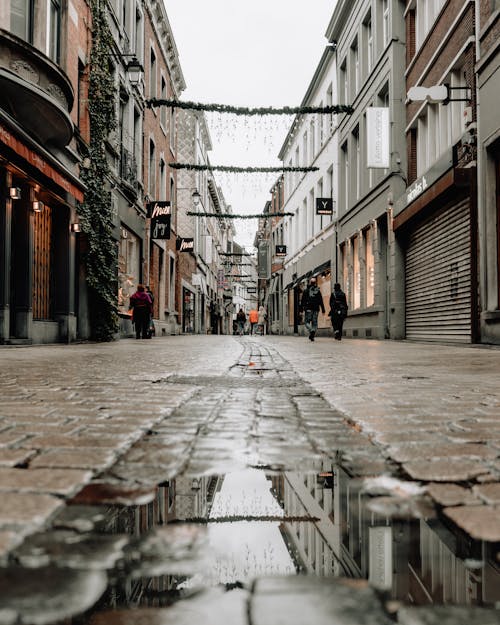Everything about Framing Streets
Framing Streets Things To Know Before You Buy
Table of ContentsA Biased View of Framing StreetsExamine This Report about Framing StreetsSome Ideas on Framing Streets You Should KnowThe Buzz on Framing StreetsThe Main Principles Of Framing Streets The Best Strategy To Use For Framing Streets
, normally with the purpose of recording images at a crucial or poignant minute by mindful framework and timing. https://framingstreets1.edublogs.org/2024/01/10/framing-streets-mastering-the-art-of-street-photography/.
, that was influenced to embark on a similar paperwork of New York City. As the city established, Atget helped to promote Parisian streets as a deserving topic for digital photography.

The Basic Principles Of Framing Streets
Martin is the very first taped photographer to do so in London with a disguised camera. Mass-Observation was a social research organisation founded in 1937 which aimed to videotape day-to-day life in Britain and to record the responses of the 'man-in-the-street' to King Edward VIII's abdication in 1936 go to these guys to wed separation Wallis Simpson, and the sequence of George VI. The principal Mass-Observationists were anthropologist Tom Harrisson in Bolton and poet Charles Madge in London, and their first record was generated as guide "May the Twelfth: Mass-Observation Day-Surveys 1937 by over two hundred observers" [] Home window cleaner at Kottbusser Tor, Berlin, by Elsa Thiemann c. 1946 The post-war French Humanist School digital photographers found their subjects on the street or in the bistro. Between 1946 and 1957 Le Groupe des XV annually exhibited work of this kind. Andre Kertesz. Circus, Budapest, 19 May 1920 Street photography created the significant content of two events at the Gallery of Modern Art (Mo, MA) in New york city curated by Edward Steichen, Five French Photographers: Brassai; Cartier-Bresson, Doisneau, Ronis, Izis in 1951 to 1952, and Post-war European Photography in 1953, which exported the principle of road digital photography internationally.

Getting My Framing Streets To Work
, then an educator of young kids, linked with Evans in 193839.'s 1958 publication,, was considerable; raw and often out of focus, Frank's pictures examined conventional digital photography of the time, "tested all the official policies laid down by Henri Cartier-Bresson and Pedestrian Evans" and "flew in the face of the wholesome pictorialism and sincere photojournalism of American publications like LIFE and Time".